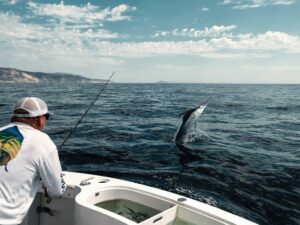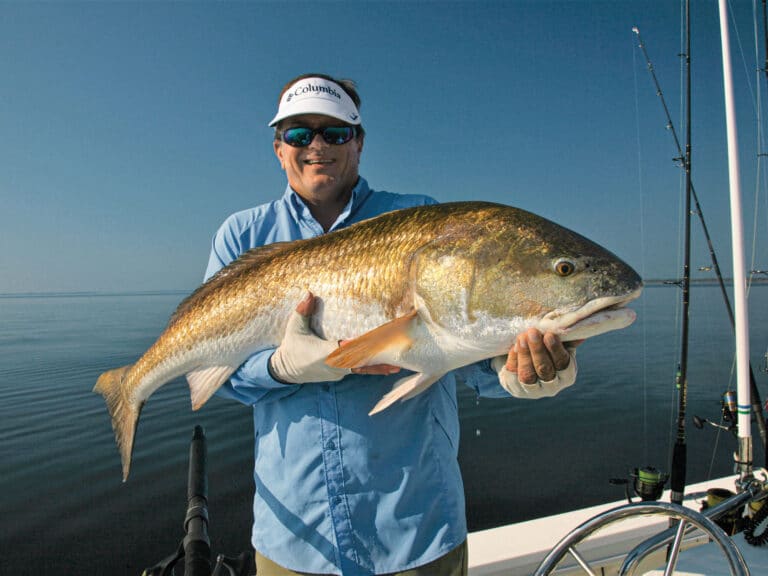
Butch Harbor Alaska
_U.S seafood landings reached a 14-year high in 2011, reports the National Oceanic and Atmospheric Administration (NOAA). Rebuilding fish populations and increased value of landings were the main factors boosting landings numbers, according to the report. _
More than 10 million recreational saltwater anglers in the United States took 69 million marine fishing trips in 2011 and caught 345 million fish, releasing nearly 60 percent of them alive. Spotted seatrout remain the top catch for recreational anglers, with 41 million caught in 2011. Atlantic croaker, sand seatrout, spot, and kingfishes (whitings) were the other most common catches for saltwater anglers last year.
U.S. commercial fishermen landed 9.9 billion pounds of fish and shellfish in 2011 (valued at $5.3 billion), an increase over 2010 of 1.6 billion pounds and more than $769 million. Much of the increase was due to higher catches of Gulf menhaden, Alaska pollock, and Pacific hake, also known as whiting.
“Commercial and recreational fishing are integral to the nation’s social and economic fabric,” said Sam Rauch, deputy assistant NOAA administrator for NOAA’s Fisheries Service. “To see landings and value climb again this year shows we’re moving in the right direction and that the fishing industry is strengthening as fish populations rebuild. Our goal is to support a thriving, sustainable seafood industry that is competitive in the global marketplace, and to enjoy the benefits of recreational fishing in our own waters.”
Fishiest Ports in the US
The report also showed that the Alaska port of Dutch Harbor-Unalaska led the nation with the highest amount of fish landed – primarily pollock – for the 15th consecutive year.
For the 12th consecutive year, New Bedford, Mass. had the highest valued catch, due mostly to the sea scallop fishery.
Catches throughout the Gulf of Mexico rebounded in 2011 to the highest volume since 1999, following a curtailed 2010 season due to the Deepwater Horizon oil spill. The full fishing season in 2011 produced commercial landings of Gulf menhaden that were 42 percent higher than 2010 landings, with Gulf fishermen bringing in more than 1.4 billion pounds of menhaden valued at $104 million. Gulf shrimp landings rose 20 percent, from 176 million pounds valued at $338 million in 2010 to 212 million pounds valued at $418 million in 2011.
Fish Eaters of America
The report also showed that the average American ate 15 pounds of fish and shellfish in 2011, less than the 2010 figure of 15.8 pounds. Altogether, Americans consumed 4.7 billion pounds of seafood, making the U.S. second only to China in seafood consumption.
In 2011, about 91 percent of seafood consumed in the U.S. was imported, up five percent from 2010. However, a portion of this imported seafood is caught by American fishermen, exported overseas for processing and then re-imported to the U.S. The top three imports are shrimp, canned tuna and tilapia fillets. Almost half of imported seafood comes from aquaculture, or farmed seafood. America’s aquaculture industry currently meets less than five percent of U.S. seafood demand, producing primarily oysters, clams, mussels, and some finfish, including salmon.









